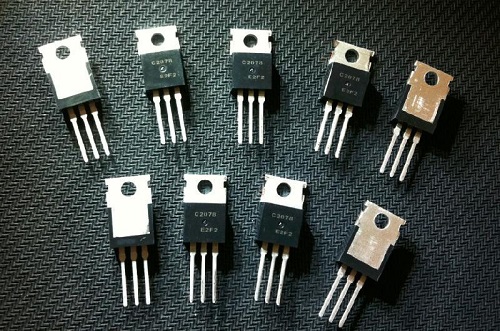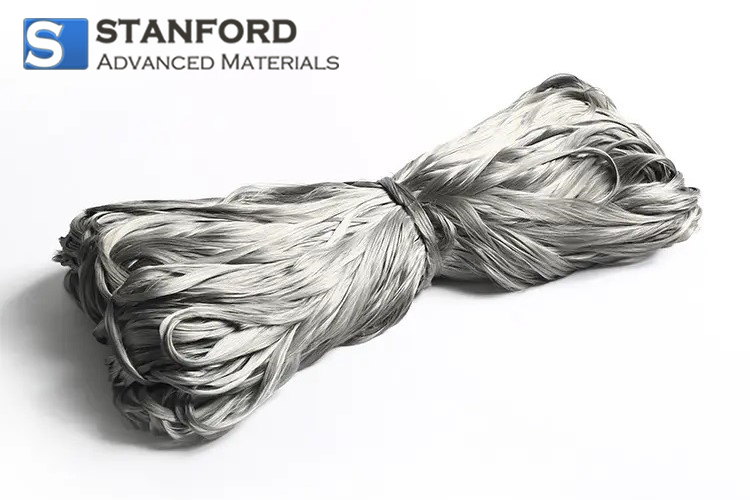What Are The Uses Of Beryllium Oxide Ceramics?
Each time we discuss Beryllium Oxide, the initial reaction is that it is toxic. This applies to both amateur and professional applications. However, Beryllium Oxide ceramics are not toxic.
Beryllium Oxide is used due to its high thermal conductivity, high insulation capability, low dielectric constant and low average loss. It is applied in specialised metallurgy, vacuum electronics, nuclear technology, microelectronics and photoelectron technology.
High-performance electronic devices and integrated circuits
Historically, research and development in electronic devices focused on power design and mechanical design. Thermal design now receives increased attention. Consequently, many thermal loss issues in high-performance devices remain unresolved. Beryllium Oxide (BeO) is a ceramic material with high thermal conductivity and a low dielectric constant. It is used in electronic technology.
At present, BeO ceramics are applied in high-performance microwave housings, electronic high-frequency transistor housings and multi-chip components with high circuit density. The heat generated in these systems is dissipated by utilising BeO materials, thereby maintaining system stability and reliability.

Nuclear reactor
Ceramic materials are among the most important in nuclear reactors. In reactors and converters, ceramic materials are exposed to high-energy particles and beta radiation. These materials must withstand high temperatures and corrosion, and they must exhibit improved structural stability. Neutron reflection and moderation typically involve BeO, B4C or graphite.
The high-temperature irradiation stability of Beryllium Oxide ceramics exceeds that of metals. Its density is higher than that of Beryllium metal. Its strength at high temperatures is greater. Its thermal conductivity is high, and its cost is lower than that of Beryllium metal. Given these properties, Beryllium Oxide is well suited for use as a reflector, as a moderator and as a component in dispersed combustion systems in reactors. It can be utilised in control rods and in combination with U2O ceramics as nuclear fuel.
Special metallurgical crucible
BeO ceramics are inherently refractory. BeO ceramic crucibles are used to melt rare and precious metals when high-purity metal or alloy is required. The working temperature of these crucibles can reach up to 2 000 ℃. Given that BeO ceramics have a high melting point (2 550 ℃) and exhibit high chemical stability against alkalis, thermal stability and purity, they are used for processes involving molten glaze and plutonium.

Other Applications
Beryllium Oxide ceramics have a thermal conductivity that is approximately two orders of magnitude higher than that of ordinary quartz. This high conductivity leads to high laser efficiency and high output power. BeO ceramics can be incorporated into various glass components. X‑ray tubes manufactured from beryllium oxide‑containing glass allow X‑ray transmission. They are used for structural analysis and for the treatment of skin diseases.
Beryllium Oxide ceramics differ from other electronic ceramics. Their high thermal conductivity and low losses are difficult to replicate with other materials. Given the high demand in many scientific and technological fields and the toxicity of Beryllium Oxide, safety measures are strict and complex. Consequently, few factories worldwide manufacture Beryllium Oxide ceramics safely.

 Bars
Bars
 Beads & Spheres
Beads & Spheres
 Bolts & Nuts
Bolts & Nuts
 Crucibles
Crucibles
 Discs
Discs
 Fibers & Fabrics
Fibers & Fabrics
 Films
Films
 Flake
Flake
 Foams
Foams
 Foil
Foil
 Granules
Granules
 Honeycombs
Honeycombs
 Ink
Ink
 Laminate
Laminate
 Lumps
Lumps
 Meshes
Meshes
 Metallised Film
Metallised Film
 Plate
Plate
 Powders
Powders
 Rod
Rod
 Sheets
Sheets
 Single Crystals
Single Crystals
 Sputtering Target
Sputtering Target
 Tubes
Tubes
 Washer
Washer
 Wires
Wires
 Converters & Calculators
Converters & Calculators
 Write for Us
Write for Us


 Chin Trento
Chin Trento



